You'll find odour management systems being used by a variety of organisations, industries, and businesses.
Common applications for odour management systems in Australia
In Australia, odour management systems are widely used for containing odours and for reducing the impact of these odours on businesses, communities and local environments.
Systems are commonly used at pump stations, sewer manholes, and rising mains. However, they can be used just about anywhere odour control is required.
Here are eight common applications for odour management systems in Australia.
8. Municipal Wastewater
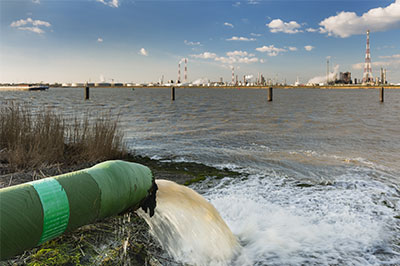
The municipal wastewater industry regularly faces a number of challenges associated with odours, and left unattended to, these challenges can mean major issues for workers and management.
Odours can cause:
- Corrosion from gas emissions
- Work Health and Safety (WHS) concerns
- Discomfort for nearby residents
To combat this, municipal wastewater operators can implement one of more of the follow chemical dosing systems.
- Ferrous dosing units
- Magnesium hydroxide dosing units
- Calcium nitrate dosing units
- Micronutrient additives
7. Industrial Water Treatment and Processing
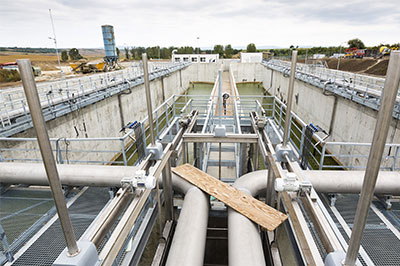
In Australia, industrial water treatment and processing facilities are subject to strict trade-waste agreements as issued by local municipal wastewater authorities.
They are also regulated by Environmental Protection Authorities (EPA) who use units to measure odour levels at site boundaries. This is to enforce particular limits in regards to odours.
To combat the high levels of odorous gas emissions emitted as part of the treatment of wastewater, industrial water treatment and processing facilities use a range of dosing and dosing related products.
These include:
- Chemical dosing
- Carbon units
- Biofiltration units
- Odour neutralising systems
6. Landfill

As you'd expect, landfills are a large generator of odours and odorous gases.
Because of the complex nature of landfills, sophisticated odour management systems are typically required to reduce their effect on nearby residents, businesses and environments.
Systems must also adhere to regulations set out by the EPA, and breach of EPA standards and complaints from nearby landowners can result in serious consequences for landfill operators.
Common odour management systems for landfills often involve a combination of:
- Misting systems
- Portable misting systems
- Vapour systems
- Surface treatment
5. Food and Dairy Processing
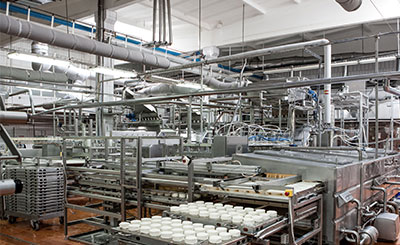
Most consumers don't realise it when they take their carton of milk from the supermarket refrigerator, but the food and dairy processing industry produces a large amount of odours.
Perhaps one of the least known but most common applications for odour management systems, the dairy industry, requires unique odour management systems based on the size of each operation.
The following systems are commonly used for large and diffuse odours:
For smaller operations, where the odour can be contained, a better solution may be:
- Biofilters
4. Abattoirs and Tanneries
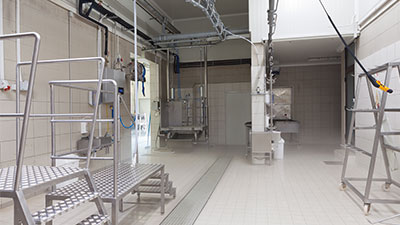
Odour is, and always has been, a natural part of meat processing. Between livestock, slaughter waste, manure, waste products and wastewater, odours are unavoidable.
This has lead to a growing demand for odour management systems in abattoirs and slaughterhouses, as owners look to minimise their odour output.
As with dairies, misting, vapour and topical treatment is typically the best option. However, biofiltration may be used in smaller operations.
3. Solid Waste Management
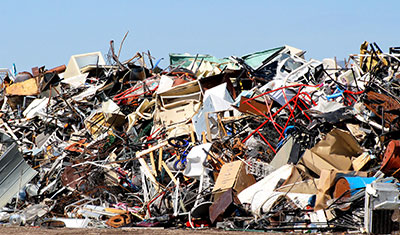
Urban growth in cities and regional centres mean that solid waste management facilities are increasingly becoming close to homes and businesses.
This, combined with ongoing pressure from governments and everyday Australians to meet environmental compliance requirements, means that the solid waste industry has evolved in recent decades.
Today the solid waste industry uses the following to manage odours:
These tools help solid waste facilities to contain and to reduce the high levels of odours formed during the biological breakdown of organic materials.
2. Composting

In Australia, composting is an important part of our plan for waste disposal and recycling.
However, as waste begins to breakdown and the natural biodegradation process occurs, odours are inevitably created. It's like home backyard composting only on a much larger scale.
It's worth noting that containing composting odours does pose some unique challenges which are not associated with other common applications for odour management systems.
These challenges surround implementing an effective system without compromising the natural composting process.
1. Meat and Livestock
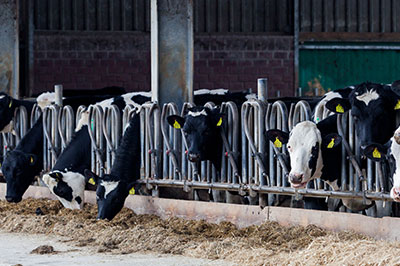
The meat and livestock industry must contend with a range of issues regarding odours from animals.
Whether it's for the production of beef, poultry, or pork large amounts of waste are produced, including significant amounts of manure.
As with other food production industries, the most suitable solution for meat and livestock odours are vapour, misting, and topical treatments.
Biofiltration may also be an option for smaller operations.
"For smaller operations where the odour can be contained a better solution may be biofilters."
About the Author
At Cleanawater, we've been helping Australian businesses and industries to contain and reduce their odour output for more than 25 years. And, we could help you too.
We specialise in providing custom systems for specific requirements. So whatever your business and operation we can create a system that exactly matches your needs.
To find out more, check out Cleanawater online or call 1800 353 788
Must Read
VapourGard: Your ultimate odour control solution
Control odours effectively and safely with CleanaWater's VapourGard system. Ideal for industries such as mining, landfill operations, recycling, and more, the VapourGard system uses lightweight partic ...
Read moreControl Odour with VapourGard
Control odours effectively and safely with CleanaWater's VapourGard system. Ideal for industries such as mining, landfill operations, recycling, and more, the VapourGard system uses lightweight partic ...
Read more